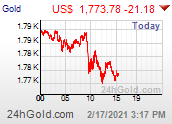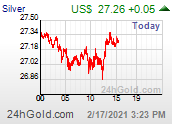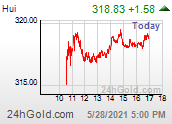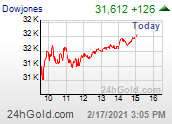I want a Nasal Ranger
Opinion by Gerald Trumbule
 |
| Nasal Ranger® Field Olfactometer |
If we agree to any tax that allows for increases in the future without voter approval, we are giving away our TABOR rights to vote on all tax increases. Although an additional sales tax on marijuana of 3.5% may seem reasonable for the City of Denver, when added to excise, State and regular sales tax you'll stack up close to 40% tax on this humble weed. That doesn't seem reasonable.
One argument used by the proponents is that they will need lots more money for "regulation and public safety". I don't think liquor sales are taxed for these purposes, and that particular poison kills tens of thousands yearly. Additionally, regular sales tax on medical marijuana reportedly brought in $3,900,000 last year, and estimating that the recreational market is 10 times bigger we can guess that without any new tax, recreational marijuana could bring in $39,000,000 in new revenue. Can we get some perspective here?
Given Hancock's recent outburst (he was said to be outraged) in the form of the proposal for an ordinance to fine (up to $999) and jail (up to one year) a person whose legal pot (consumption, production) odor wafts over to a neighbor with a complaint, we are obviously going to need a lot of these Nasal Ranger® Field Olfactometers They only cost about $1500 each, but you need to take their training.
Teams of (trained) inspectors will have to be sent out to investigate the complaints of all those who think smoking pot is a mortal sin and that they should not have to smell it. And I wonder, as an aside, who is carrying this bill to City Council? A short-timer? Or is this a clever plot to defeat the pot tax?
If we are going to crack down on odors in our fine city, I'd like to have my own Nasal Ranger® Field Olfactometer to track down the malodorous smells coming my way on a daily basis:
Colorado and Denver are apparently falling behind in odor regulation. From other states:- Purina dog food - at least once a week I can smell Purina although I live more than 30 blocks from the plant.
- Oil refinery smells - sometimes for a few days in a row and always downright sickening.
- Diesel fumes from trucks driving on York St, 30 feet from my house.
- My neighbor, who has a ritual once a week of creating a hot flame in his back yard and searing hunks of raw flesh with the fire. For vegetarians and other sensitive types, the smell of burning animal flesh is repugnant.
- And now that I think about it, my dumpster smells so rotten some days that I can hardly stand to throw trash into it. I have no idea, but it makes me wonder about what my neighbors are throwing in it.
Odor Regulations
St. Croix Sensory
A field olfactometer device (“scentometer”) is referenced in a
number of existing state odor regulations.
number of existing state odor regulations.
The “Dilution to Threshold” (D/T) terminology and the method of
calculating the D/T are also referenced.
| The criteria of an odor regulation often defines compliance as | |
| “…ambient air that is less than 7 D/T” (7 used for exemplary purpose only). | |
| The exact wording in a regulation is important and may be stated in two ways: | |
| Compliance criteria: “…compliance if…less than 7 D/T.” Nuisance criteria: “nuisance if…equal to or greater than 7 D/T.” | |
| In these two examples, if an air pollution inspector observed “odor” with the field olfactometer set at a 7 D/T | |
| The “odor” would meet the criteria for nuisance or The ambient air would be “non-compliant”. | |
| Odor regulations that utilize field olfactometry and a calibrated field olfactometer, e.g. Nasal Ranger Field Olfactometer, also define the number of observations needed and the time frame of the observations. For example, a regulation may read: | |
| “…Two field olfactometer observations in a one-hour period separated by 15 minutes each…”OR “…Two field olfactometer observations not less than 15 minutes apart within a 1-hour period…” | |
| The “protocols” in this Application Guide for Field Olfactometry are presented in brief example form and are not mutually exclusive, often being integrated into a comprehensive odor management program. Likewise, the “odor regulation” criteria for compliance and nuisance are presented as examples only and are taken from actual odor regulations. | |
"A well-regulated and safe society demands air that is free of all odors." - Anonymous fool










0 comments:
Post a Comment